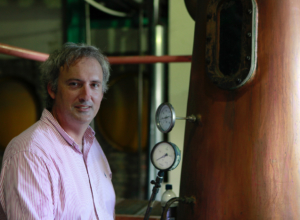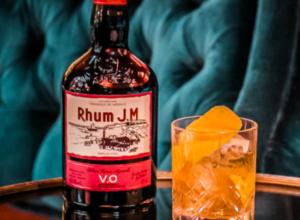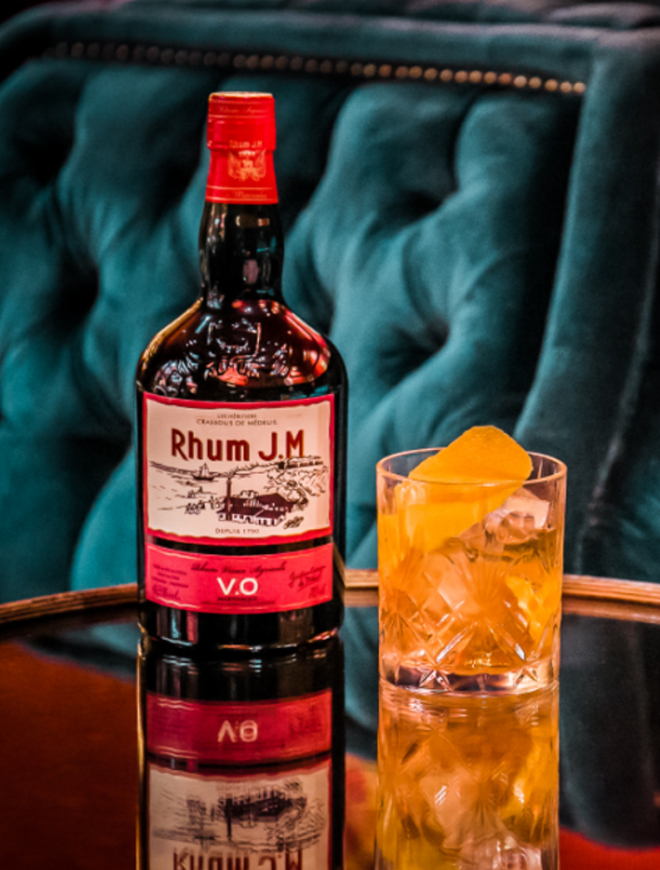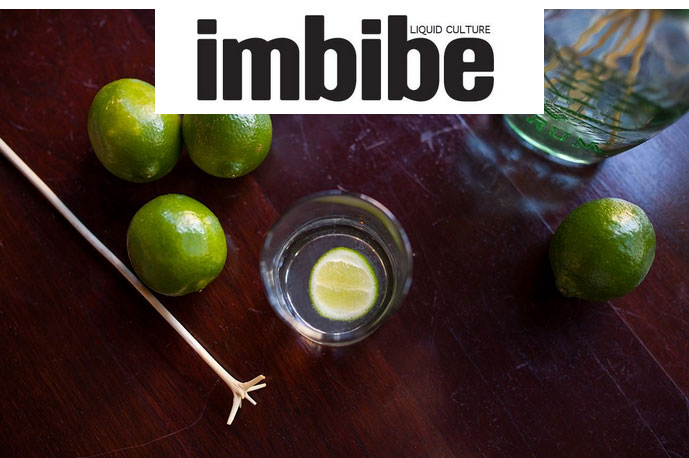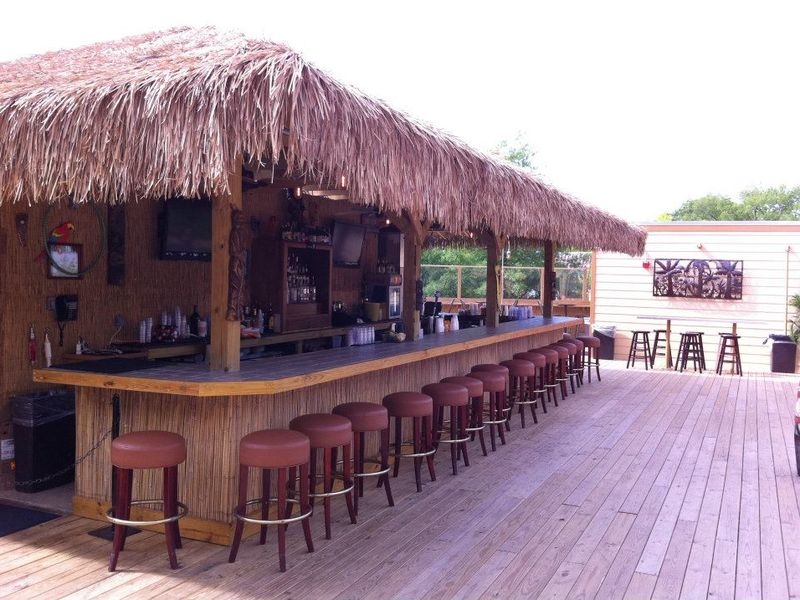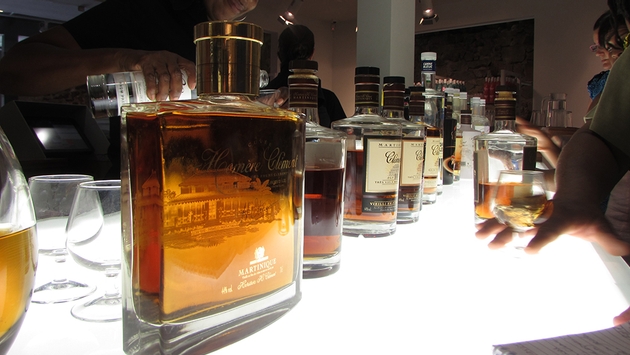
Rum is as much a part of the Caribbean as blue waters, white-sand beaches and lush countryside. The spirit was created on 17th and 18th century Caribbean sugarcane plantations and soon became a key component in the slave-based colonial economy. Thanks to Robert Louis Stevenson’s “Treasure Island,” rum was later inexorably linked to Caribbean pirates.
Rum’s birth occurred when Caribbean slaves discovered molasses, a by-product of the sugar refining process, could be distilled to create an alcoholic beverage. The drink’s popularity lived beyond emancipation in 1883.
In the centuries that followed, Caribbean rum became a barroom standard as well as an instrument of trade. A rum toast became a goodwill gesture in business deals. In short, every strata of society, from farmers to aristocrats, participated in the Caribbean’s rum-drinking tradition. Even today, many Caribbean residents look to the end-of-day rum drink.
Visitors can sample a taste of Caribbean rum culture via a visit to one of dozens of Caribbean distilleries, production centers and even local rum bars. Three islands offer distinctive Caribbean rum experiences.
MARTINIQUE
Martinique’s version of rum is distinct from its counterpart in that the island’s “rhum agricole” is distilled from sugar cane juice, not molasses. Martinique rhum is produced in 14 separate distilleries, and carries the “Appellation d’Origine Controlee” designation from France that is unique to Martinique and denotes rhums that meet strict standards.
There are 12 official Martinique rhum brands. Two of the best-known, Habitation Clement in Le Francois, and the Depaz Estate in Saint-Pierre, offer visitor tours of their plantation grounds and distillery facilities.
Habitation Clement is tied to Martinique’s creole history through its founder, Homer Clement, a black Martinique native who attended medical school in Paris and later became a “doctor of the poor” in his home country, working to advance public health. Dr. Clement also served as an alderman and then mayor of the town of Francis from 1885 until his death in 1923.
Clement’s main house was classified a Martinique historical monument in 1996. The estate’s lush, extensive grounds include a botanic garden and palm grove. Visitors can also tour the original rum-making factory and its modern equivalent, which includes huge aging barrels.
The historic Depaz distillery is set on a plantation located at the foot of Mount Pelee, whose 1902 eruption destroyed the town of St. Pierre and killed nearly all of its 30,000 residents. The grounds feature the island’s oldest steam-powered engine, a water-driven paddle wheel, a steam museum and a restored master’s house. Additionally, Rhum Saint-James, La Mauny, Rhum Neisson and Rhum JM all offer tours and rhum-tasting opportunities.


